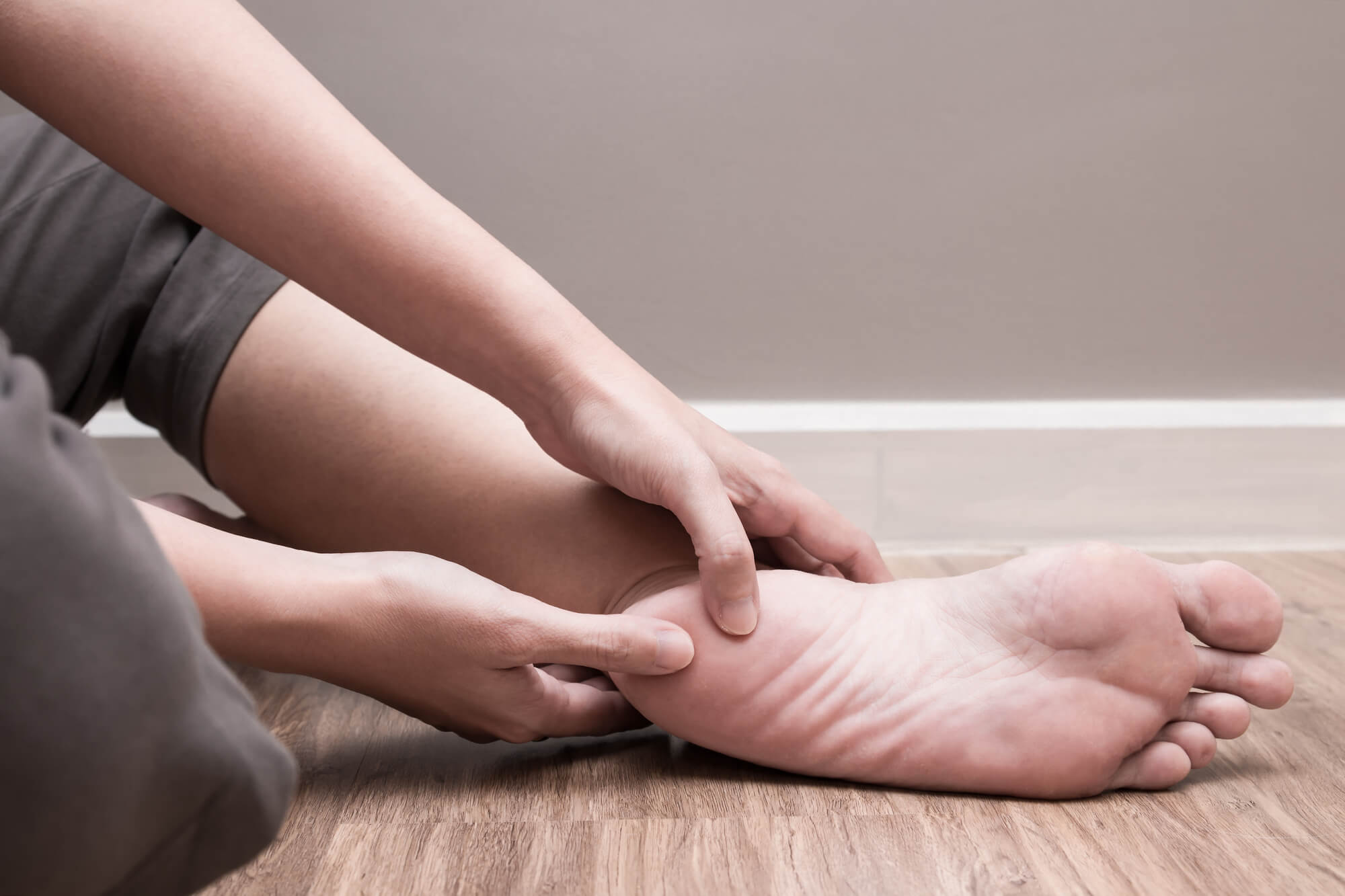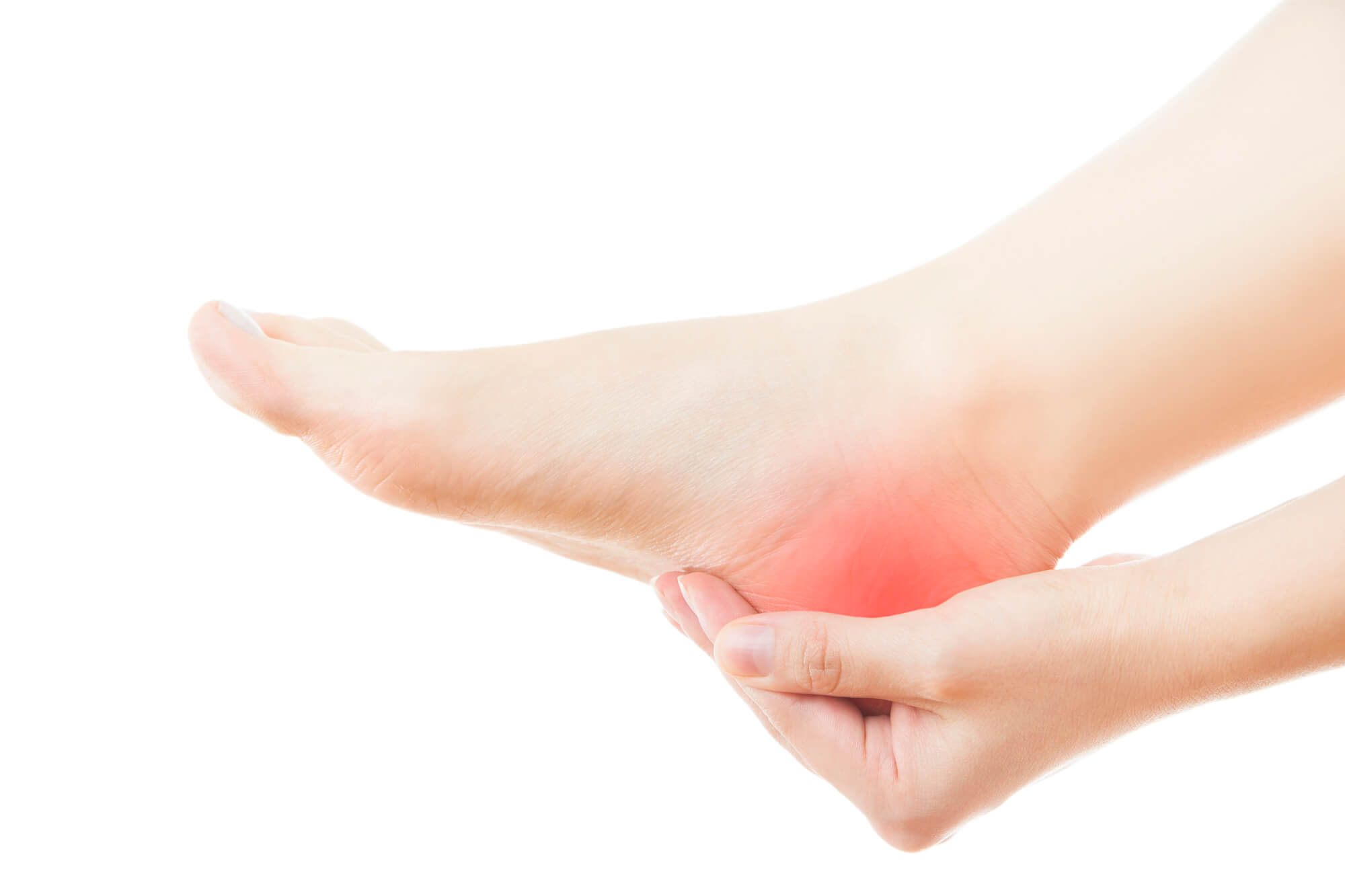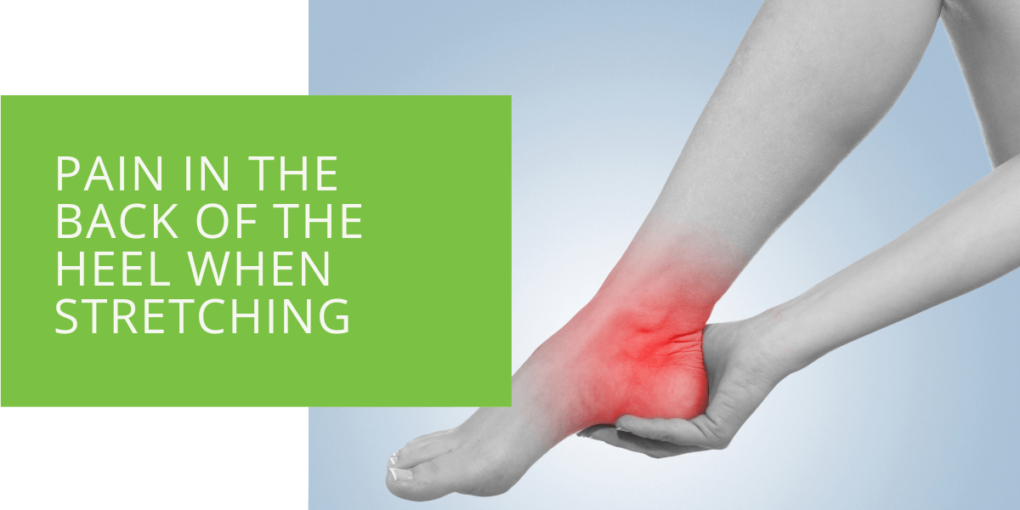Pain in the Back of the Heel When Stretching
Experiencing pain in the back of the heel during stretching can be a frustrating and limiting issue. This article will explore the potential causes and effective strategies for understanding and managing this type of pain. By understanding the underlying factors comprehensively, you can take steps toward finding relief and improving your flexibility.
Anatomy of the Heel
To comprehend the causes of pain in the back of the heel, it is essential to understand the intricate anatomy of this area. The heel bone, known as the calcaneus, houses the Achilles tendon—a strong tissue band connecting the calf muscles to the heel bone. Proper flexibility and function in this region are crucial for smooth movement and mobility.
Causes of Pain in the Back of the Heel When Stretching
When experiencing pain in the back of the heel during stretching, it's important to understand the underlying causes that may contribute to this discomfort. Here are several potential causes explained in greater detail:
Achilles Tendonitis
Achilles tendonitis occurs when the Achilles tendon, the band of tissue that connects the calf muscles to the heel bone, becomes inflamed. It is often a result of overuse or repetitive strain on the tendon. Activities such as running, jumping, or sudden increases in physical activity can contribute to the development of Achilles tendonitis. The condition can cause pain, swelling, and tenderness in the back of the heel, especially during stretching or physical activity.
Calf Muscle Tightness
Tightness or inflexibility in the calf muscles can lead to pain in the back of the heel during stretching. When the calf muscles are tight, they can place increased stress on the Achilles tendon, leading to discomfort. Various factors, including inadequate stretching, prolonged sitting or standing, muscle imbalances, or certain medical conditions, can cause this tightness. Stretching exercises targeting the calf muscles can help alleviate the tension and reduce heel pain.
Bursitis
Bursitis is a bursa inflammation, a fluid-filled sac that acts as a cushion between tendons, muscles, and bones. In the case of pain in the back of the heel, retrocalcaneal bursitis may be the culprit. This condition occurs when the bursa at the heel's back becomes inflamed and irritated. Overuse, repetitive motion, or wearing poorly fitting footwear can cause the bursa to inflame, leading to pain, swelling, and tenderness in the back of the heel.
Heel Spurs
Heel spurs are bony growths on the heel bone, often associated with conditions such as plantar fasciitis. These spurs can form in response to chronic inflammation and stress on the plantar fascia, a tissue band connecting the heel bone to the toes. When heel spurs are present, stretching the calf muscles or putting pressure on the heel during stretching can cause pain and discomfort.

Identifying Symptoms and Diagnosis
Identifying the symptoms associated with pain in the back of the heel during stretching is crucial for accurate diagnosis and appropriate treatment. Symptoms can include heel pain, tenderness, swelling, or a feeling of a lump in the back of the heel. Seeking a professional diagnosis from a podiatrist or healthcare provider is essential to determine the underlying cause and develop an effective treatment plan. Diagnostic methods may include physical examination, imaging tests, and gait analysis.
Treatment and Management
Addressing pain in the back of the heel when stretching requires a comprehensive treatment approach that targets the underlying causes. Here are various strategies and interventions that can be effective in managing and alleviating this discomfort:
Rest and Ice
In the early stages of treatment, resting the affected foot and applying ice therapy can help reduce inflammation and alleviate pain in the back of the heel. Resting allows the injured tissues to heal, while ice therapy helps reduce swelling and provides temporary relief. Applying an ice pack wrapped in a thin towel to the affected area for 15-20 minutes several times a day can be beneficial.
Stretching and Strengthening Exercises
Targeted stretching and strengthening exercises can improve flexibility, reduce tension, and strengthen the muscles around the heel and calf. Specific exercises that focus on stretching the calf muscles, such as calf stretches and eccentric calf raises, can help alleviate strain on the Achilles tendon and relieve pain. Strengthening exercises for the foot and ankle, such as toe curls and heel raises, can provide stability and support.
Orthotic Devices and Supportive Footwear
Orthotic devices, such as heel cups, arch supports, or custom-made orthotics, can provide additional support, cushioning, and proper alignment for the foot and ankle. These devices help distribute pressure more evenly, reduce strain on the heel, and support the arch. Choosing appropriate footwear with good arch support and cushioning is also important to avoid exacerbating the pain and promote healing.
Physical Therapy
Physical therapy plays a crucial role in treating and managing pain in the back of the heel. A physical therapist can develop a customized treatment plan with various techniques to improve flexibility, strength, and range of motion. These may include manual therapy, massage, stretching exercises, ultrasound therapy, or electric stimulation. Physical therapy sessions help address specific weaknesses or imbalances and promote healing.
Medical Interventions
Medical interventions may be considered in severe cases or when conservative treatments do not provide sufficient relief. Corticosteroid injections can help reduce inflammation and provide temporary pain relief. Extracorporeal shockwave therapy (ESWT), a non-invasive procedure that delivers high-energy sound waves to the affected area, may be recommended to stimulate healing and reduce pain. However, discussing these interventions with a healthcare professional to determine the most appropriate course of action is important.
Surgery
Surgery is rarely necessary for pain in the back of the heel when stretching and is typically reserved for extreme cases that have not responded to conservative treatments. Surgical intervention may involve debridement (removal of damaged tissue), repair of the Achilles tendon, or removal of bone spurs. Your healthcare provider will carefully evaluate the need for surgery and discuss the potential risks and benefits with you.

Prevention and Self-Care
Preventing pain in the back of the heel when stretching involves adopting preventive measures and practicing self-care. Some helpful tips include:
- Proper warm-up and cooldown routines before and after physical activities
- Gradual progression in stretching exercises to avoid overuse and strain on the Achilles tendon
- Maintaining overall foot and ankle health through regular exercise, maintaining a healthy weight, and wearing appropriate footwear
Conclusion
Pain in the back of the heel when stretching can hinder your ability to move freely and comfortably. By understanding the potential causes and implementing effective management strategies, you can find relief and improve your flexibility. Seeking professional diagnosis, following a comprehensive treatment plan, and incorporating preventive measures are essential steps toward managing and alleviating pain in the back of the heel during stretching.
Every individual's situation is unique, and it is important to consult with a podiatrist or healthcare professional for an accurate diagnosis and personalized treatment plan. Working together can effectively address the underlying causes, reduce pain and inflammation, and improve your overall foot and ankle health.
Don't let pain in the back of the heel hold you back from enjoying your favorite activities. Take proactive steps to understand and manage this discomfort and regain flexibility and mobility. With the right approach and professional guidance, you can overcome this challenge and get back to pain-free movement. Start your journey toward relief today!

